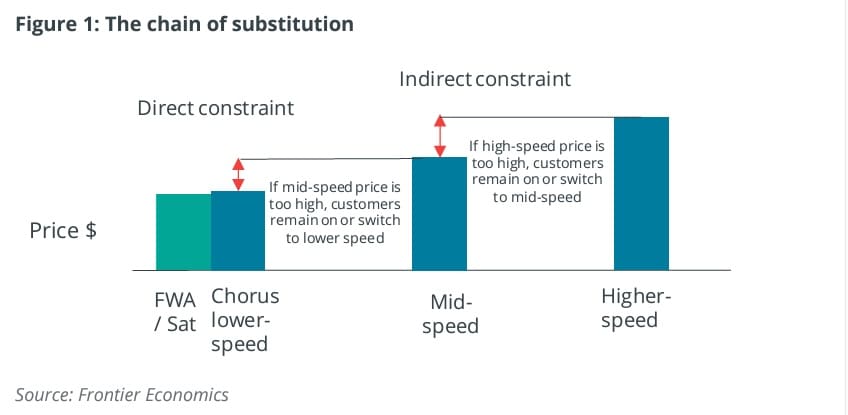What was the challenge?
The evolution of fixed line telecommunications in Australia and New Zealand can be understood through four distinct cycles:
- The Government Monopoly Era: The focus was on achieving universal and affordable access rather than fostering competition.
- Opening to Competition: In the early 1990s, there were high expectations for network competition from cable and mobile networks. However, these promises largely went unfulfilled.
- Access-Based Competition: From the late 1990s, this model was based on the assumption that fixed line access services would remain a monopoly. The incumbent fixed line provider supplied access services to downstream competitors, who also competed with it in retail markets.
- Network Separation and Regulatory Overhaul: The most recent cycle involves separating access networks from more competitive downstream functions. While implemented differently in Australia and New Zealand, the outcomes have been similar:
- Owners of fixed access networks no longer compete in retail markets
- Fixed broadband networks are now regulated as monopolies, similar to electricity utilities
- Most or all services are subject to price and revenue controls
- Costs are subject to regulatory approval
Despite the recent regulatory overhaul, there are growing doubts about whether new regulations suit the strengthening constraints from competing networks.
In recent projects for NBN Co (Australia) and Chorus (New Zealand) relating to regulatory reviews, we were asked to analyse whether competitive constraints were being understated by regulators on both sides of the Tasman. Below, we explore the economic analysis for the Chorus project.






